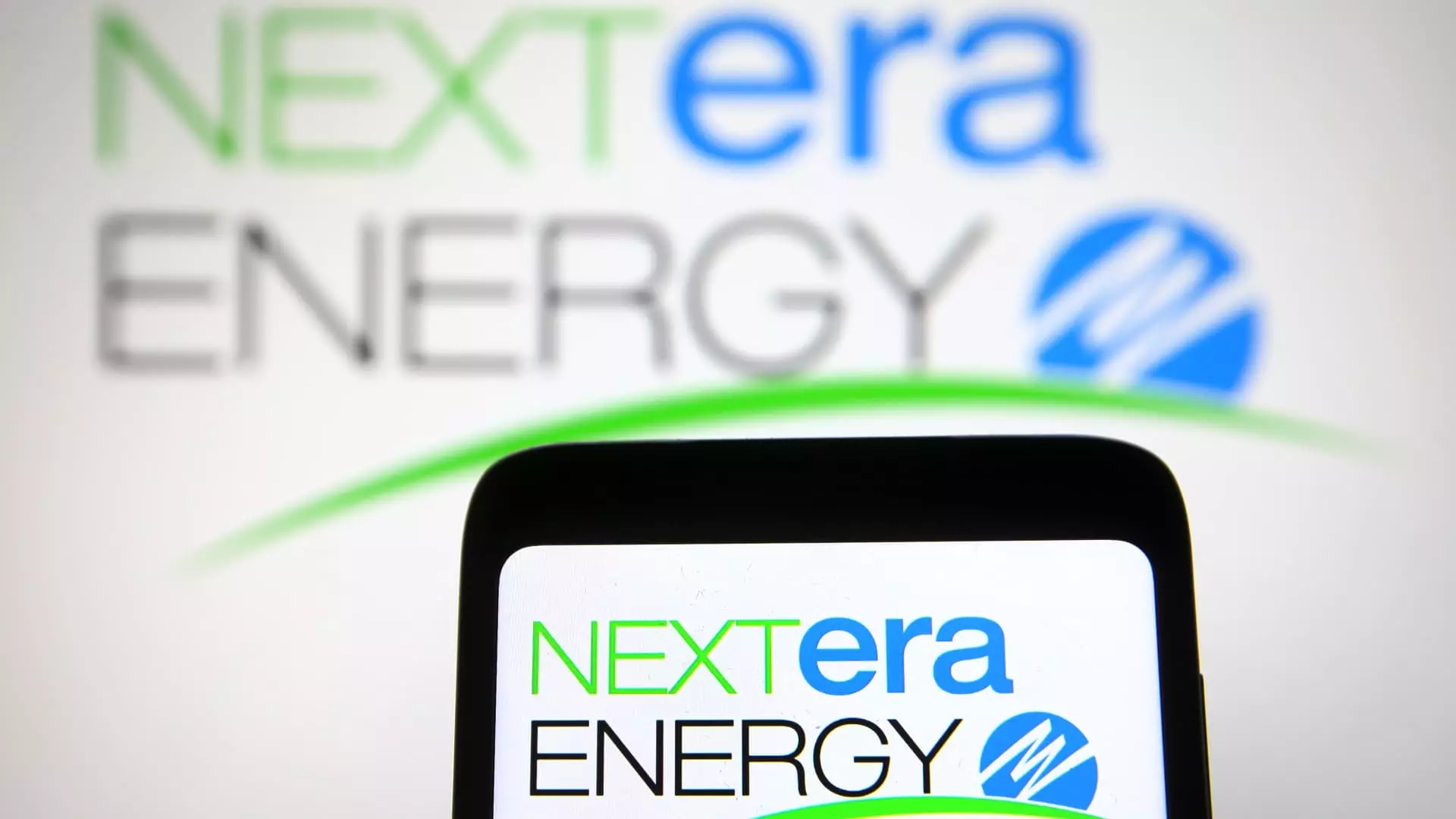The Duane Arnold Energy Center in Palo, Iowa ceased operations in 2020 after 45 years of service. However, NextEra Energy is now considering restarting the nuclear plant as demand for carbon-free energy grows, especially amid a historic surge in electricity consumption. NextEra CEO John Ketchum highlighted the need for a thorough review of the risks involved to determine the feasibility of restarting the reactor. Despite the potential opportunities and market demand, Ketchum emphasized that any decision to restart the plant would need to be essentially risk free with adequate mitigants in place.
The Duane Arnold plant was initially scheduled for retirement in late 2020 following a shift towards cheaper energy alternatives by key customer Alliant Energy. The decision to close the plant was hastened after it suffered damage from a powerful windstorm known as a derecho. Over the past decade, nuclear energy has faced challenges competing with more affordable energy sources like natural gas and renewables. Safety concerns, exemplified by the 2011 Fukushima nuclear accident in Japan, further contributed to the decline of nuclear power in the U.S.
Despite the challenges faced by the nuclear industry, there is a renewed interest in nuclear energy as the U.S. grapples with increasing power demand from various sectors such as artificial intelligence data centers, domestic manufacturing, and the electrification of the economy. Experts like Mark Nelson, founder of Radiant Energy Group, have noted that existing nuclear plants are currently in high demand and can negotiate favorable prices for supplying power to data centers.
The push for new nuclear power comes at a time when electricity demand is rising, and there is a concerted effort to reduce carbon dioxide emissions by accelerating the deployment of renewable energy sources like solar and wind. While renewables face challenges in providing consistent power due to their reliance on weather conditions, utility executives argue that nuclear and natural gas are essential for maintaining grid reliability. Industry leaders like Southern Company CEO Chris Womack believe that installing new nuclear capacity is crucial to meeting the growing electricity demand in the U.S.
The enthusiasm for nuclear energy is not without its critics, as some industry leaders believe that the costs associated with building new nuclear plants are prohibitive. Despite this, the tech sector has shown a keen interest in nuclear energy as a reliable power source for data centers. Companies like Amazon Web Services have made significant investments in data centers powered by nuclear energy, signaling a shift towards greater adoption of nuclear power in the technology industry.
The U.S. currently maintains the largest nuclear fleet in the world with 94 operating reactors, and the Biden administration has introduced tax credits to prevent further reactor closures. In alignment with global efforts to address climate change, the U.S. and several other countries have pledged to triple nuclear power by 2050. This commitment underscores the growing recognition of nuclear energy as a vital component in the transition to a low-carbon economy.
The future of nuclear energy in the U.S. holds promise amidst evolving energy dynamics and the imperative to reduce carbon emissions. While challenges remain, the resurgence of interest in nuclear power indicates a shift towards recognizing its role in meeting the energy needs of a rapidly evolving society. By carefully weighing the risks and opportunities associated with nuclear energy, stakeholders can pave the way for a sustainable and reliable energy future.

